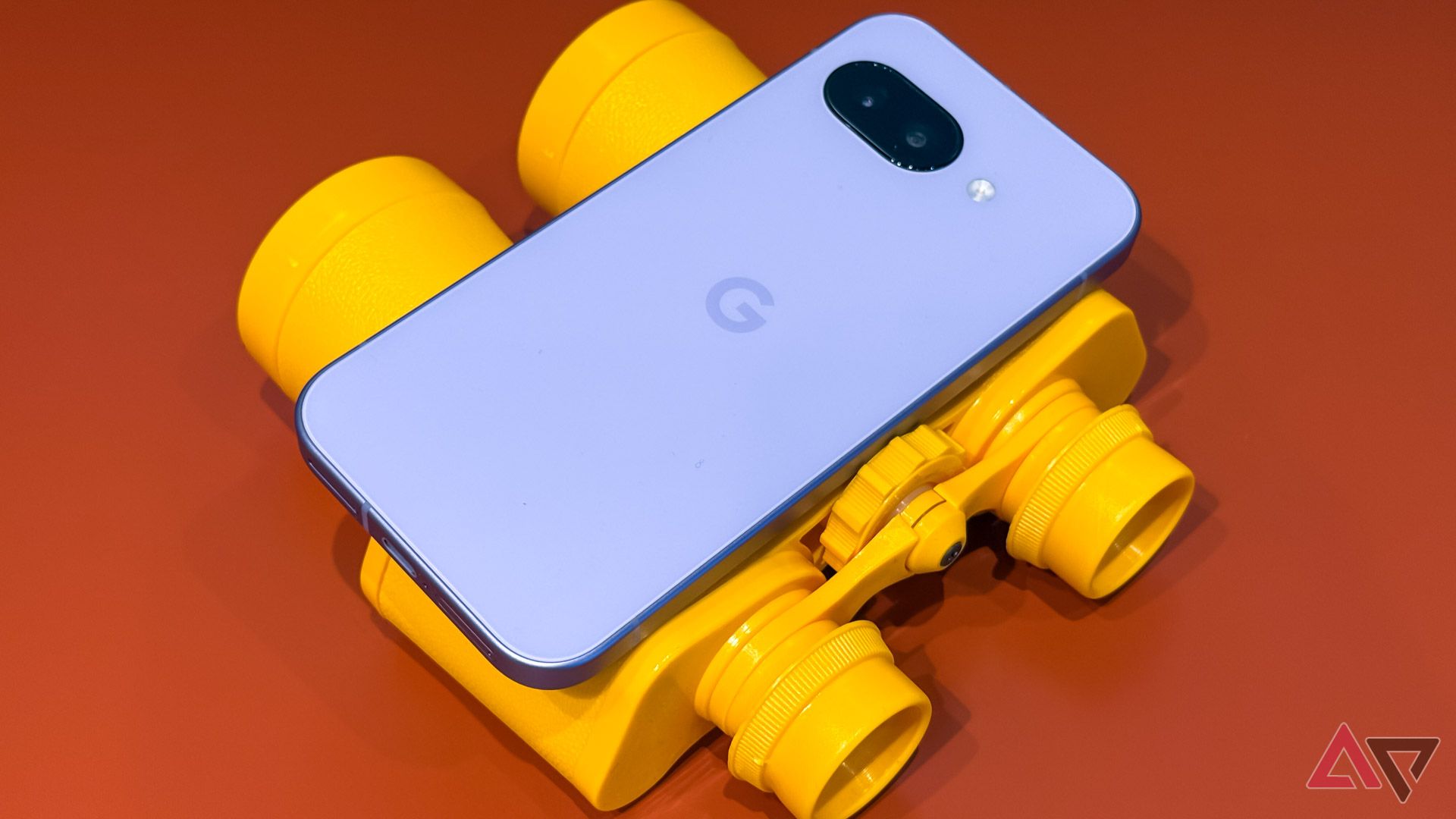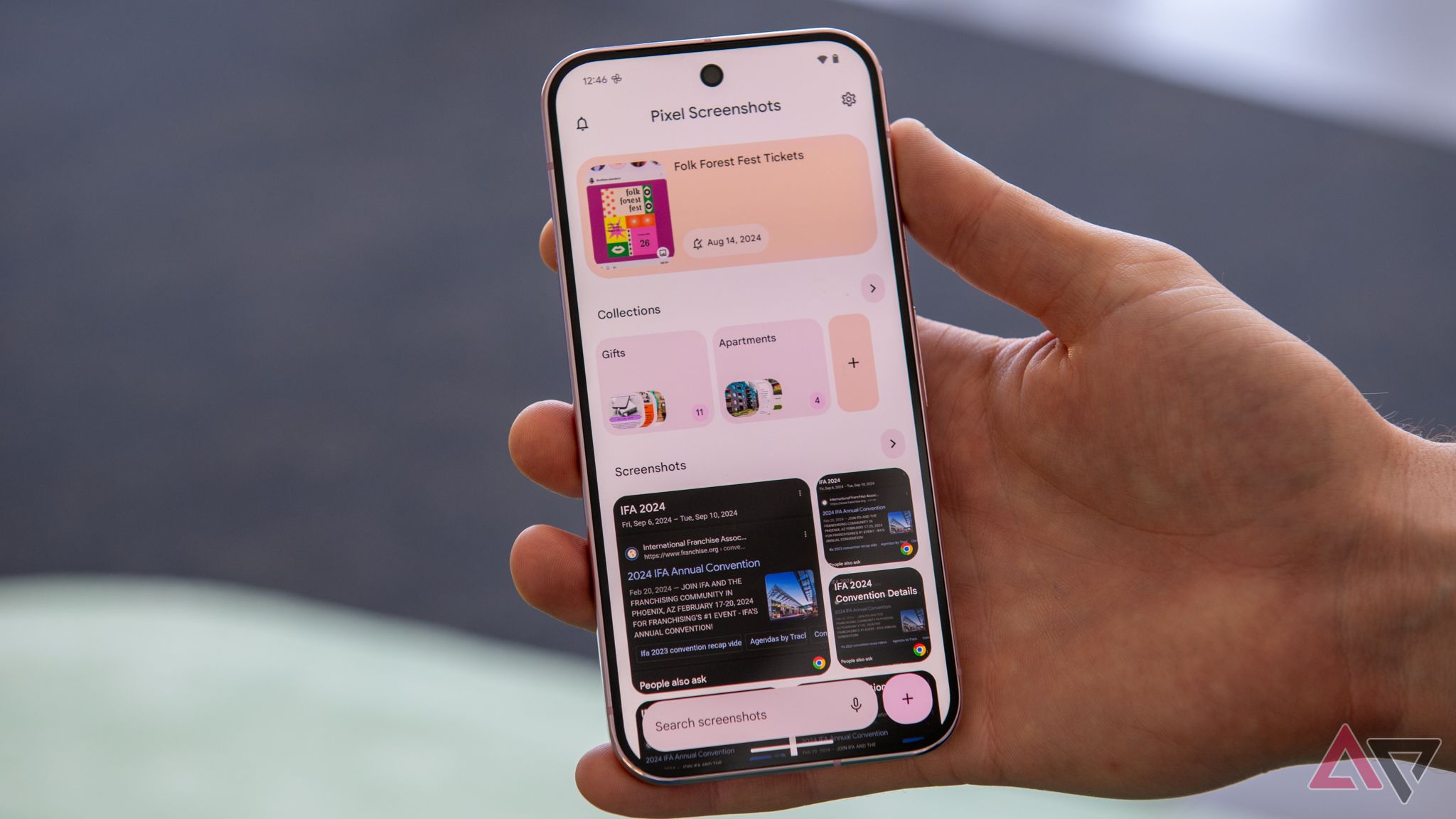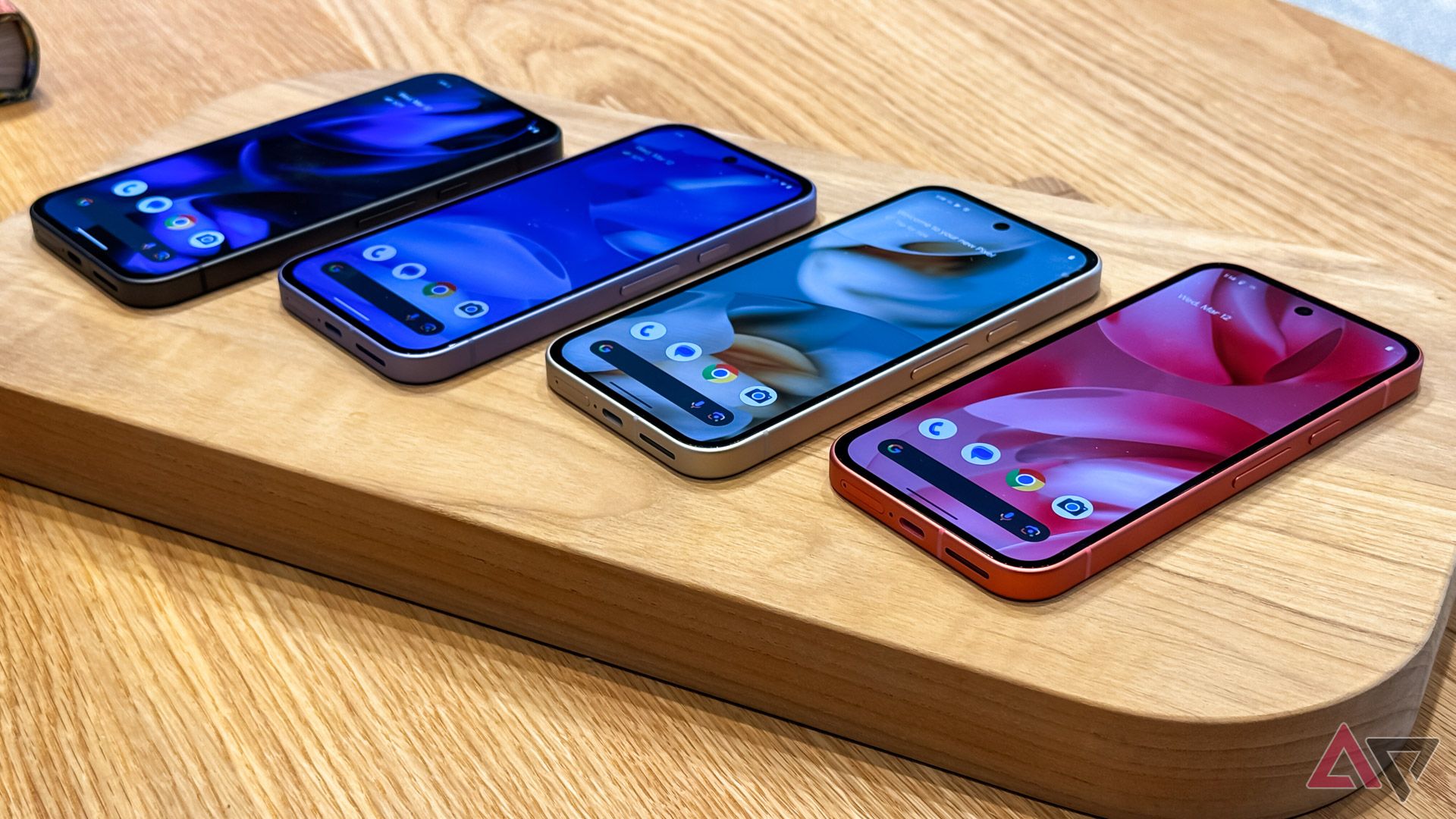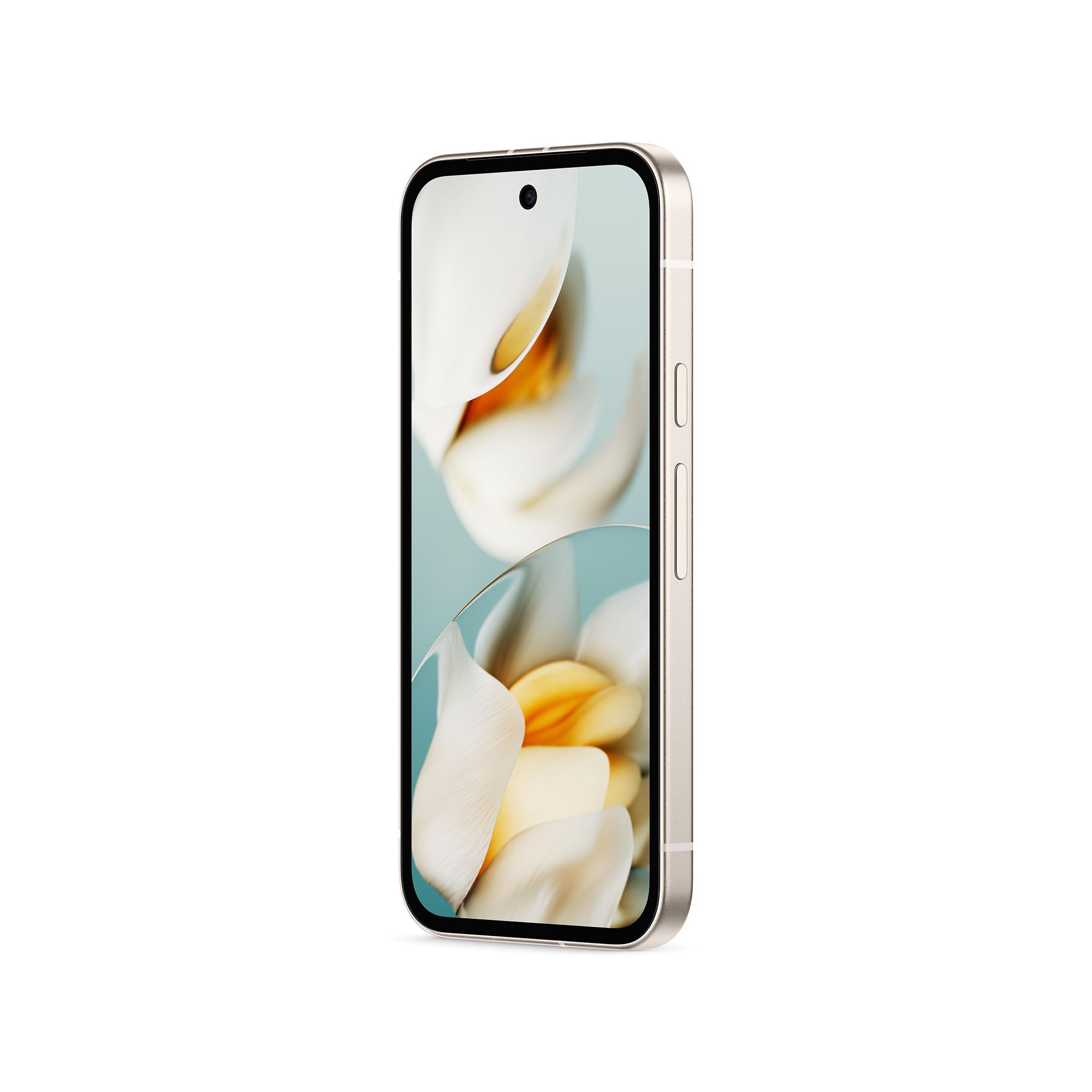Google finally took the wraps off the Pixel 9a last week. The phone looks like a strong bargain, offering a lot of what makes the Pixel 9 a good phone — the Tensor G4 chipset, a 120Hz OLED display, and a fun, colorful design — for all of $500.
But of course, the new midrange Pixel is limited compared to the pricier models. One big difference: the Pixel 8a comes with 8GB of RAM, 50 percent less than the 12GB you’ll get on the Pixel 9, Pixel 9 Pro, Pixel 9 Pro XL, or Pixel 9 Pro Fold. That actually probably won’t matter much for most day-to-day purposes right now, but it does have implications when it comes to how the 9a handles on-device AI.
Pixel 9a comes with Gemini Nano XXS
The 2024 Pixel 9 series is Google’s first lineup to launch with on-device AI by way of the Gemini Nano XS model (that’s XS for extra small). Gemini Nano XS is always running in the background, and enables a few buzzy on-device AI features. Gemini Nano XS features local multimodal functionality, meaning it can interpret not only text, but also images and audio.
But that always-on multimodal understanding costs on-device resources, and with less RAM, the Pixel 9a can’t manage quite as much. The 9a will ship with a different local AI model called Gemini Nano XXS (extra extra small) that isn’t as costly to run, but also isn’t as capable. Unlike the 9 series’ Gemini Nano XS, the 9a’s XXS model is only activated on-demand, resulting in lower RAM requirements versus the always-on XS version. Nano XXS also does not have multimodal understanding, which means that it can only interpret text input — no images and no audio.
Google’s confirmed to Ars Technica that, due to these differences, the Pixel 9a doesn’t support some AI features that the rest of the Pixel 9 series does. Because Gemini Nano XXS can’t interpret images, the Pixel 9a won’t have access to the Pixel Screenshots app that, on other Pixel 9 phones, creates a searchable archive of all your screenshots. The 2024 Pixel 9 phones also have a feature called Call Notes that leverages Gemini Nano XS’s ability to understand audio input to create written summaries of phone calls. Because it requires multimodal understanding that the Gemini Nano XXS model lacks, Call Notes also will not be available on the Pixel 9a.
None of this is obvious when cross-shopping Pixel 9 models. Google hasn’t published an exhaustive list of on-device AI features that the Pixel 9a lacks; in fact, none of this is mentioned on the Google Store at all. It’s possible that the Pixel 9a will miss out on additional on-device AI features, but we may need to wait until we’ve got our hands on one to find out.
Related
Google’s tiny Pixel Screenshots app finally convinced me AI might actually be a big deal
Pixel Screenshots may be Google’s clearest way to prove AI is useful
Does on-device AI really matter?
How big of a deal any of this is depends on your priorities in a smartphone. If you’re all-in on on-device artificial intelligence, the Pixel 9a’s lack of features like Pixel Screenshots may be a real downside for you. The Pixel 9a does retain access to a number of hallmark Pixel functionality, including the Call Screen feature that shows you a text read-out of what callers are saying before you pick up, as well as Google’s excellent Recorder app (and even recording summaries inside the Recorder app).
Google’s A-series Pixel phones have been closing in on the company’s flagships when it comes to functionality for years now — last year’s Pixel 8a is a great little phone that comes very close to the Pixel 8 experience for hundreds less. And despite its lesser AI capabilities, for the vast majority of average users, the $500 Pixel 9a looks like it’ll make for an appealing, lower-cost alternative to the full-fat Pixel 9, which starts at $800.
Still, the Pixel 9a marks an interesting shift in Google’s smartphone strategy. The company’s A-series phones have always offered an identical software experience to its flagship Pixels, while cutting corners in areas like build quality and camera performance to hit lower price points. The Pixel 9a does make the standard concessions — it’s made of plastic, its cameras aren’t as high-end, and its display’s got some notably thick bezels around it. But it’s seeming like on-device AI may end up being the biggest differentiator between the Pixel 9a and the Pixel 9 proper. Features like Pixel Screenshots are certainly helpful, but it’s hard to see them as essential to the Pixel experience.
The Google Pixel 9a is up on the Google Store now. It’s expected to hit store shelves sometime in April.
Google Pixel 9a
Google’s Pixel 9a takes everything that was great about the Pixel 8a and looks to modernize it. With an all-new Pixel 9-inspired look and no camera bump, this might be the best $500 smartphone we’ve seen yet.





